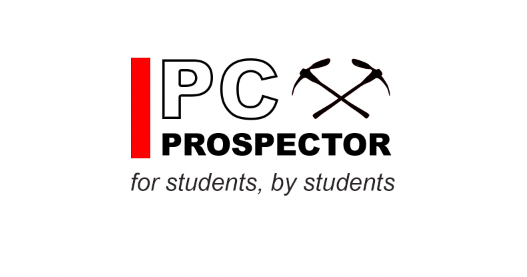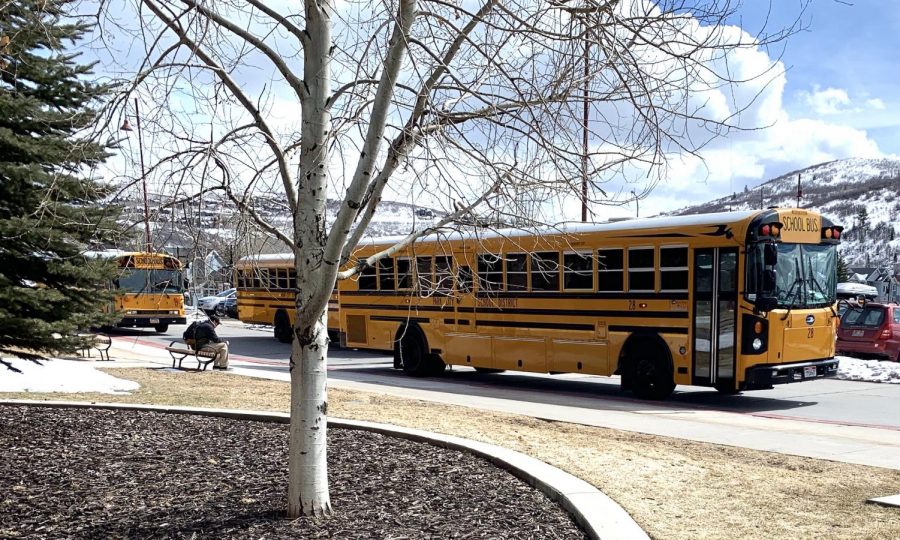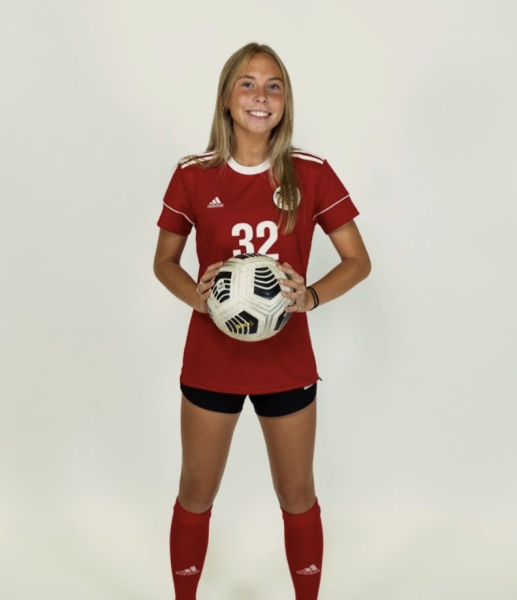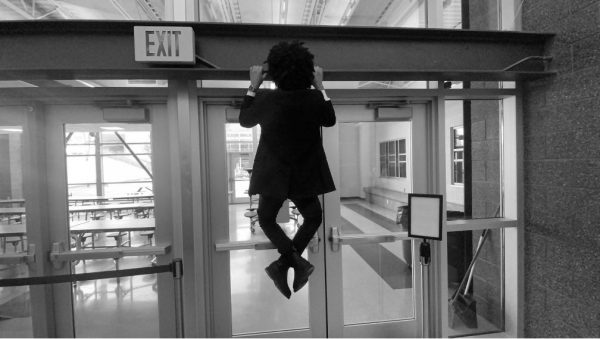PCHS Suffering from State-Wide Bus Driver Shortage
A school is like a machine: every cog, wheel, and gear has to be in place for the machine to function correctly. Teachers, students, and faculty all make up parts of the school machine, and an integral part that people tend to overlook are the bus drivers.
Our bus drivers are needed for getting kids to and from school, field trips, athletic events, and other extracurriculars. But as of late, the bus driver cog hasn’t been oiled in a while.
Currently, Utah as a whole is suffering from a bus driver shortage. Richard Eddington, Park City’s School District Transportation Director, knows all about the situation.
“We have 21 contract drivers, 5 subs, 3 office staff and 3 mechanic staff, technically we’re at 34 employees,” Eddington states. “Last year we had 10 subs, so we need four or five people.”
Our district has 31 buses, which in comparison to other districts such as Jordan, Alpine, and Davis, that have up to 400 buses, is small. Most districts, no matter how many busses they have, are affected by the shortage – except for Uintah School District.
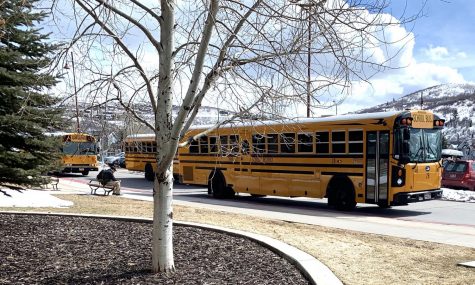
The shortage is accredited to the split shifts, the low pay, the required part-time driver period, and the extensive training.
The schedule of a bus driver isn’t the normal 9-5, which makes it hard for a part time driver to work another job.
“A full time bus driver will typically come in at 6AM, get off at 9 come back at 11, and then they get off at 1, come back at 2 and get off at 5,” Eddington said. “It’s a very split up shift.”
The district has five full time drivers who work 40 hour weeks every week. The rest of the employees are 30 hour contracts who come in from 6-9 and 2-5.
Drivers are required to start out as part-time drivers, which makes the two months of training seem even less appealing. Also, part-time workers struggle to live off that paycheck in Park City. On top of that, part-time drivers don’t receive the benefits of a contract like the full time drivers do. For most people, it’s easier to just work jobs with more steady schedules.
Another reason it’s so difficult to find good drivers is because the training requires a significant amount of effort and time. Eddington said that training lasts about a month to two months and it’s very “intensive,” as they have a lot of required information to learn about rules and regulations, paper management and emergency techniques.
While other districts in the state can complete training in less than a month, Eddington said that Park City keeps it to a maximum of 20-30 hours of training a week to avoid an overwhelming experience.
Drivers must also attain a Department of Transportation physical and a Commercial Driver’s License. Trainees then spend several hours behind the wheel learning and observing in other buses before driving students themselves.
The school system relies on bus drivers. “Some of those kids wouldn’t get to school if we’re not there,” Eddington pointed out.
As you can see, being a bus driver requires time, effort, and a long term commitment. Ariana LaVenture, a Park City School District bus driver, recently graduated from sub driver to a full-time driver in June.
“I don’t know if i necessarily wanted to become a bus driver,” LaVenture said, “but the flexibility and benefits kind of sealed the deal for me.”
LaVenture’s hours are from 6:00am to 9am, and then from 1:30pm to 4:00pm. The biggest problem for LaVenture regarding the bus driver shortage is the amount of kids on her bus route. “[It] makes for a heavy route. I’ve got anywhere from fifty to sixty kids on my bus, just elementary,” She stated.
If there were more drivers, they could potentially pick up some of LaVenture’s, and other overcrowded drivers’ loads.
Jamie Sheetz, PCHS’ athletic and activities director, said that the shortage of bus drivers has caused the school to resort to using charter buses for extracurricular transportation.
The trip gets sent out for bid, so a single company is not used exclusively. Salt Lake Express and Le Bus win most of the bids. Sheetz said that the price depends on the size of the bus and the length of trip.
“A smaller bus for a region competition can cost us 550 dollars, while a 56 passenger, larger bus for a region trip can be like 777-800 dollars”, Sheetz said.
The exact numbers the school pays for their charter buses range depend on the size of the bus, but the most common prices include $550, $625, and $750. Thank you to Gary Spencer who provided us with these numbers.
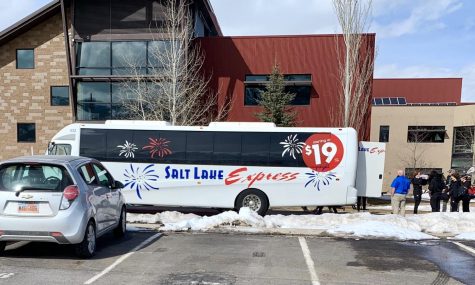
When comparing that to school bus transportation which costs about $4.75 a mile, Sheetz estimates that the cost of using charter buses is similar, if not less expensive. Plus, school buses are utilized whenever the activity takes place after school hours, so later than about 5pm, or when buses are needed on the weekends. When buses are needed at the same time as school routes, then the shortage becomes an issue.
To combat the issue, Richard Eddington said that the district is looking at the potential of creating a contract for substitute drivers, so that they can be a sub and still get a contract in hopes of making the job sound more appealing to those seeking part-time work.
Ariana LaVenture also offered a daycare service for drivers as a solution. “…For those moms that need to work but don’t have the money [to hire] a babysitter,” she said.
The district is also advertising on their website, in The Park Record and on magnets on buses in order to draw awareness to the open positions.
